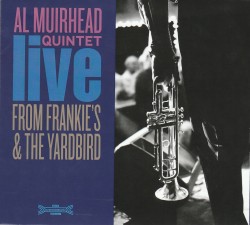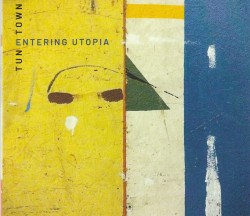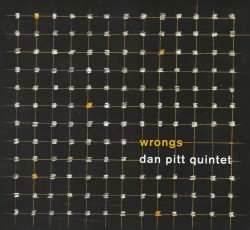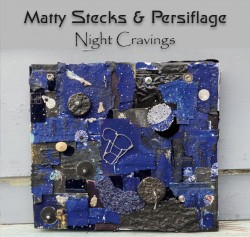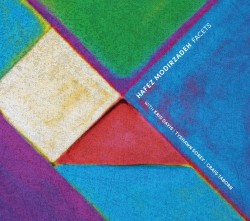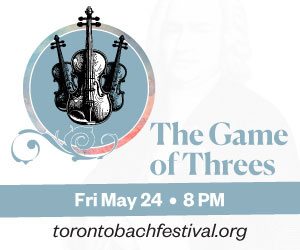Entièrement unanimes - Klaxon Gueule
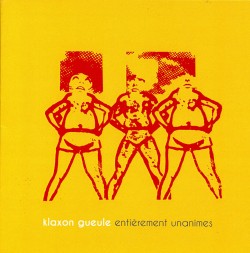 Entièrement unanimes
Entièrement unanimes
Klaxon Gueule
Ambiances Magnétique AM 259 CD (actuellecd.com)
While this session may at first appear to be a traditional guitar (Bernard Falaise), electric bass (Alexandre St-Onge) and drums (Michel F Côté) creation by Montreal’s Klaxon Gueule, the addition of synthesizers and a computer means it relates as much to metaphysics as to music. That’s because programming alters the sound of each instrument, blending timbres into a pointillist creation that brings in palimpsest inferences along with forefront textures.
A track such as Continuum indifférencié for instance, features a programmed continuum with concentrated buzzing that moves the solid exposition forward as singular string slides, piano clicks and drum ruffs are interjected throughout. In contrast, la mort comme victoire malgré nous finds voltage impulses resembling a harmonized string section moving slowly across the sound field as video-game-like noise scraping and ping-ponging electron ratchets gradually force the exposition to more elevated pitches. Although aggregate tremolo reverb frequently makes ascribing (m)any textures to individual instruments futile, enough timbral invention remains to negate any thoughts of musical AI. Singular guitar plucks peer from among near-opaque organ-like washes on Société Perpendiculaire and a faux-C&W guitar twang pushes against hard drum backbeats on toute la glu.
During the CD’s dozen selections, the trio members repeatedly prove that their mixture of voltage oscillations and instrumental techniques can create a unique sonic landscape that is as entrancing as it is expressive.


